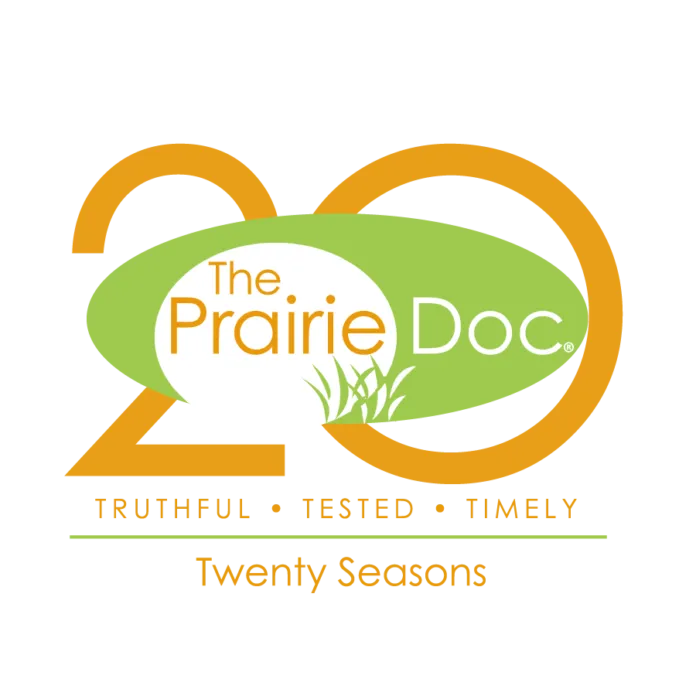My first experience with cardiopulmonary resuscitation was during the summer of 1969. I was an orderly in a Minneapolis intensive care unit (ICU) when my patient stopped breathing. I called for help and provided mouth-to-mouth breathing until the team arrived. Later the doctor told me I saved the patient’s life, further convincing me that medicine was my life’s purpose.
Cardiopulmonary resuscitation (CPR) is the act of rhythmically pushing on the chest and breathing into the mouth of a person whose heartbeat and breathing has ceased. CPR can result in enough circulation to keep the victim alive until spontaneous circulation and breathing resumes.
In 1740, the French described how mouth-to-mouth breathing sometimes saved drowned people, and, through the early 1900s, mouth-to-mouth breaths were given to bring lifeless newborns around. In the mid-1950s, two anesthesiologists, Dr. Elam and Dr. Safar, with help from the Red Cross, began promoting mouth-to-mouth resuscitation for adults discovered in cardiac arrest. In 1960, chest compressions were proven valuable in preserving circulation, especially to the brain, and even more important for survival than artificial respiration.
In 1947 a Cleveland surgeon used an internal (open chest) defibrillator to save a 14-year-old boy, and in 1955, Boston cardiologist, Paul Zoll, developed the now popular external (on skin) defibrillator. Studies show that the defibrillator is even more important than chest compression. With available automated external defibrillators (AEDs) and education on how to perform CPR and use AED devices, we have even better outcomes.
For those having a cardiac arrest, the sooner they get defibrillation, effective CPR, and a 911 call for help, the greater the chance of functional recovery. Out-of-hospital successful survival after CPR is about ten percent but increases to 35 percent when the arrest is witnessed and the victim is provided early defibrillation. The sad news is that more than 50 percent of those who could benefit will not have CPR because bystanders fear they might do something wrong. The big mistake is NOT TO TRY.
Simple, first-level, CPR courses are available for anyone interested in every community and through the internet, while AED devices are popping up in almost every community gathering area. Please notice where they are placed. Trust me, if someone has a cardiac arrest, and you try to help, you might just save a life.
The Late Dr. Richard P. Holm founded Prairie Doc Programming with his partner Joanie Holm, RN. Dr. Holm was dedicated to providing science based information to everyone. Follow The Prairie Doc® at www.prairiedoc.org and on Facebook and Instagram featuring On Call with the Prairie Doc® a medical Q&A show celebrating its 22nd season of health information based on science, built on trust, streaming live on Facebook most Thursdays at 7 p.m. central.




